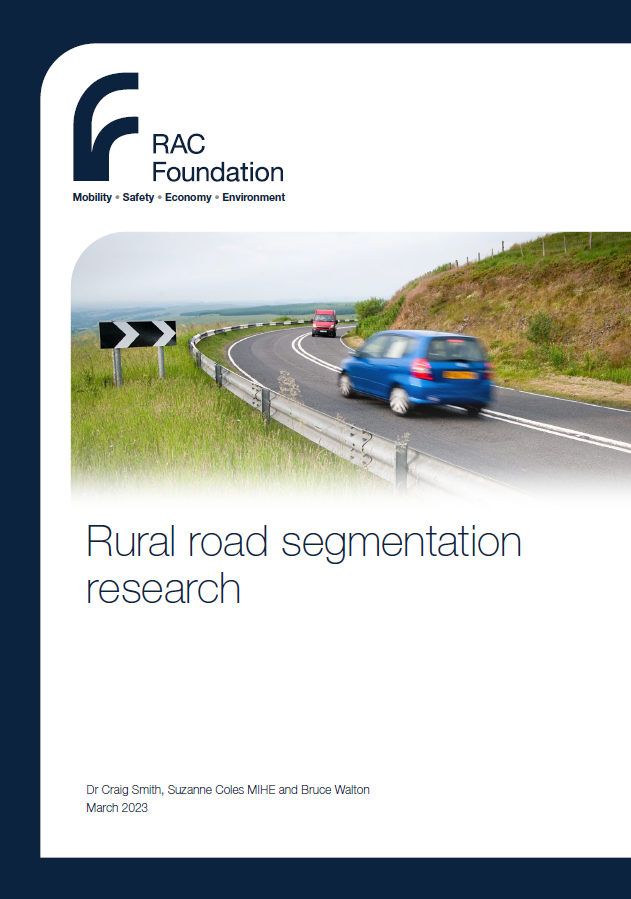What is a rural road? Asks latest report
A much better understanding of what exactly a ‘rural road’ is could help cut the number of people killed and seriously injured on them each year.
Government statistics – derived from police crash reports – show that of the 1,558 road deaths in Britain in 2021, 981 (63%) of them were listed as occurring on rural roads, that is; outside of a town or city.
However, 649 of these deaths (66% of 981) took place not on the twisting country lanes we might imagine as the typical rural route but on motorways (86 deaths) and A roads (563 deaths).
Work for the RAC Foundation by Agilysis has taken the first steps in breaking down rural roads into several subcategories so that crashes can be better understood, and money better spent to reduce crashes and mitigate their effects when they do occur.

The researchers decided on a range of road characteristics to meaningfully divide rural roads, including:
- Width
- Traffic flow
- Traffic type
- Speed limit
- Gradient
- Markings
- Location
- Surrounding land use
- Population density
- Remoteness
Machine learning was then used to help compare and contrast the characteristics of a sample group of 483 sections of rural roads (not including motorways) which measured 1,563km in total. The routes were also appraised by a highway engineer.
Following this the study team identified four main categories of rural road:
- Principal roads – generally wide, fast moving and flat, sometimes dual carriageway, often close to populated areas
- Country roads – narrower, sometimes undulating, single-carriageway with moderate traffic levels
- Neighbourhood roads – through rural communities
- Winding roads – narrow single carriageways, mostly unclassified and sometimes single track, generally low speed and with little traffic
These four categories were then further divided to give a total of ten separate, identifiable types of rural road varying from the busiest and fastest dual carriageways all the way through to hill passes and remote roads, possibly many miles and many hours journey from major towns and cities.
Bruce Walton, one of the researchers, and Technical Director of Agilysis said:
“This study is an opportunity to tackle a long-standing challenge in road safety: how to address road danger on rural routes, which are easily overlooked because they are lightly trafficked or run through remote areas.
“The report outlines a mechanism to help engineers and blue light services do this more effectively. It also proposes a practical process which could deliver it, creating the prospect of further research to develop a coherent national approach that provides valuable insight into our sometimes-neglected rural road network.”
You can read the full report on our website by clicking on the button below.


